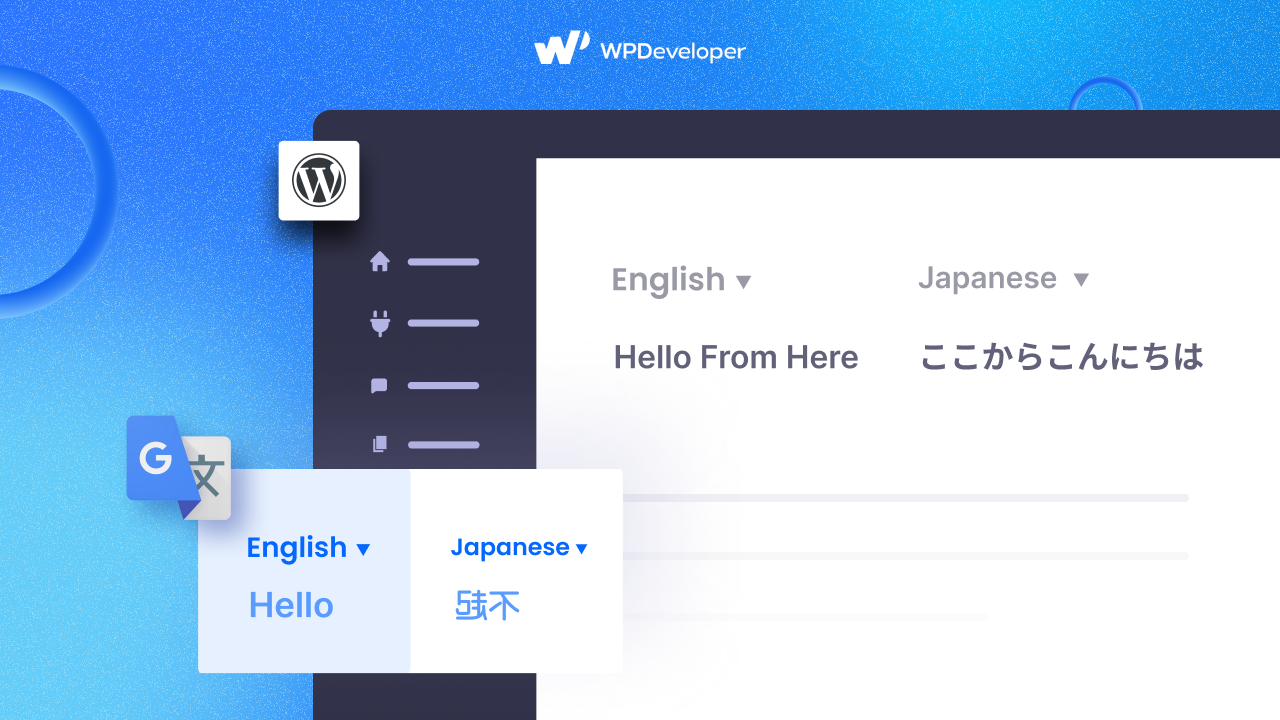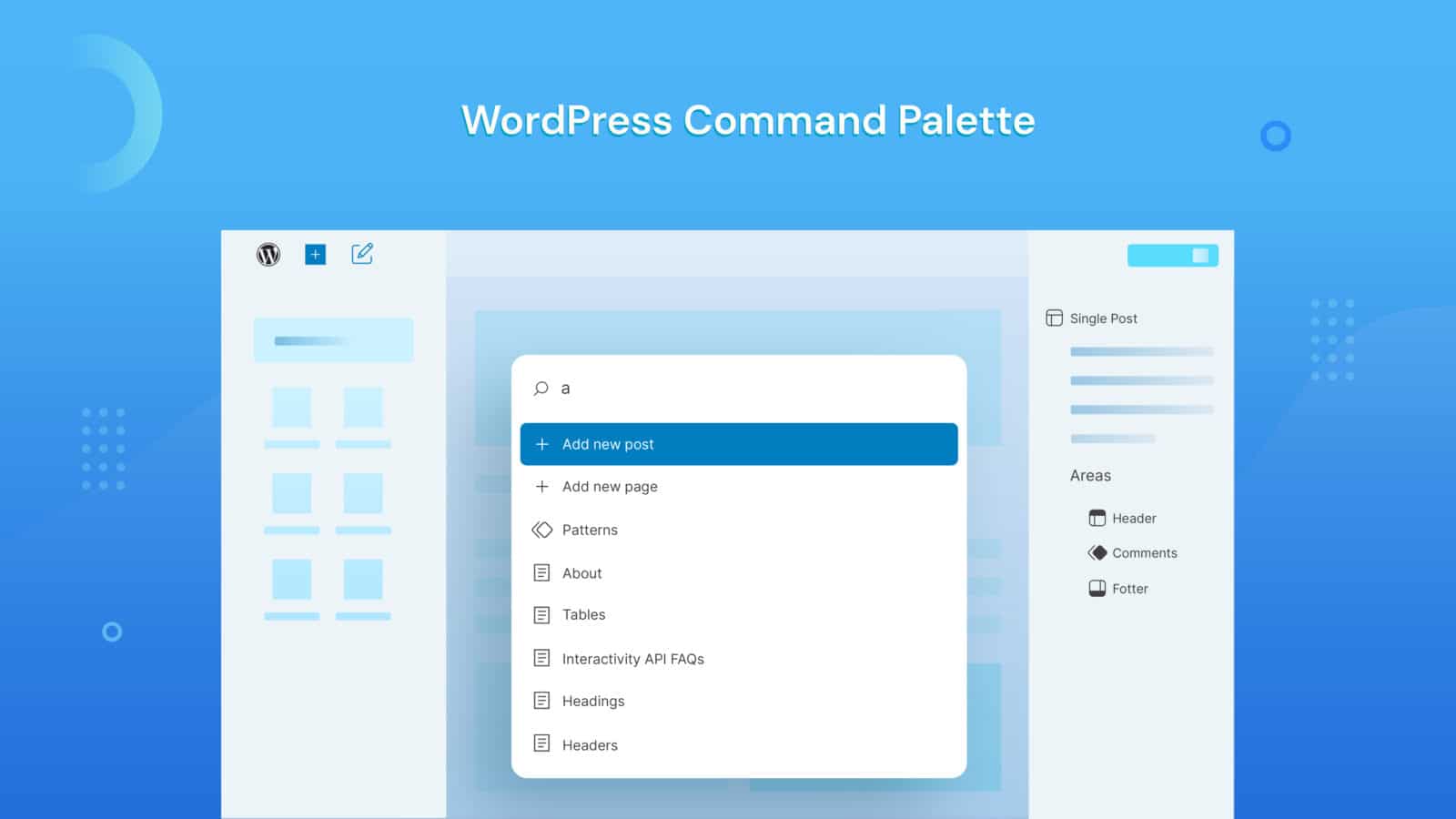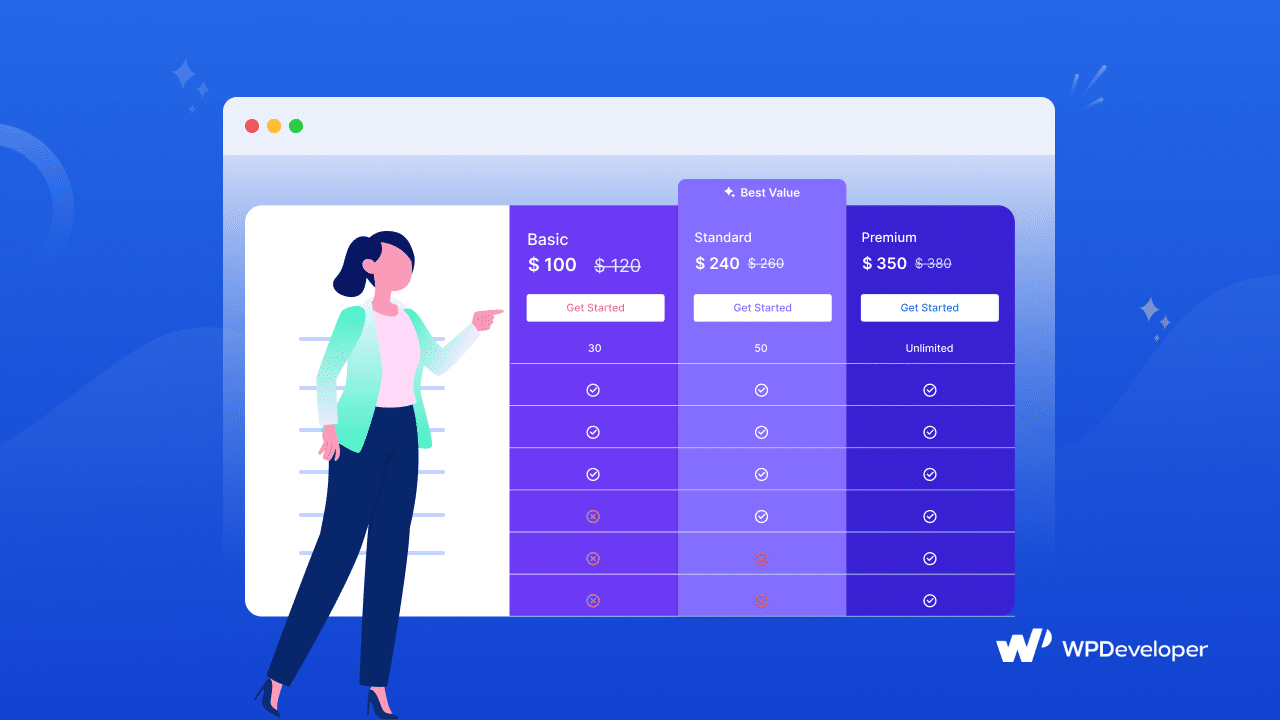What if we tell you that your websites know when they need an update for an optimized experience? They do! And if your website is built in WordPress, you will often see a message on your dashboard that reads ‘new PHP version is available’, prompting you to update PHP version of your site.
But should you update it? And most importantly, how to update the PHP version of your site in WordPress? This is exactly what we want to discuss today. So, without delay, let’s dive right in.
An open-source scripting language called Hypertext Preprocessor (PHP) is used to optimize performance and provide advanced customization for WordPress websites. PHP is the foundation for WordPress themes, plugins, and software. Additionally, WordPress websites connect to and communicate with their databases using this language.
Keeping your website running on the most recent version of PHP will help to ensure that it works with your WordPress theme and plugins and will also increase security and performance. This guide will walk you through every step of updating PHP in WordPress. You will also discover various recommended practices and the significance of utilizing the most recent version of PHP.
Important Things You’re Missing By Not Updating WordPress PHP
Before diving into the tutorial, we want to explain why your WordPress website must update the PHP version regularly. We have curated important key points that you should check out to inspire you to update PHP version in WordPress website.
1️⃣ Make Your WordPress Website More Secure
Similar to WordPress, PHP is kept up to date by its community. Because PHP is so widely used, hackers target it. Nonetheless, the most recent version will contain the most recent security enhancements. No tool or app is free of bugs. And if it’s secure initially, after time, hackers scoop up vulnerabilities and make the website insecure. That’s why it’s important to remove the older PHP version and get PHP versions older than 7.4. So, updating is necessary to maintain the security of your WordPress website.
2️⃣ Boost The Speed Of Your Website
The new PHP versions not only include security patches but also contain more advanced coding that will add new dimensions. One of the common elements in the newer PHP version is enhancing WordPress speed. All visitors to your website will benefit from a performance boost that comes with updating to WordPress’s recommended PHP version, which is currently PHP 7.4 or higher.
3️⃣ Provide Better Compatibility With WordPress
Whenever newer versions of PHP are released, the total WordPress echo system tries to update it to make it more secure and access the newest features. So, all the plugins, themes, and other WordPress website tools will update themselves to match newer PHP versions. If you keep your website’s PHP version un-updated, then the site may crack and become out of order, as the latest plugins and themes won’t support your backdated PHP version.
The shower of benefits doesn’t stop here. Here are some of the benefits you will get if you update the PHP version of WordPress to the latest one.
- WordPress users may now obtain bug fixes and new features by upgrading their PHP version. For example, PHP 8.2 allows constants in characteristics, has a sensitive parameter feature, and has improved type systems.
- You’ll rank higher in search results because search engines will reward a faster WordPress website!
- If your website loads slowly, users will leave; thus, a speedier website will keep them on it longer and increase its effectiveness.
- A more secure website is more resistant to hackers, as well as the expenses and harm to its reputation that come with a compromised website.
Update PHP Version: 3 Things To Do Before
Are you intrigued to update the PHP version of your website? Then, you need to follow a few little steps before going to the latest PHP version. Here are a few cautions before you continue, but don’t panic! We merely need to go over some background information before we move on to the section where you change your PHP version, as is the case with most technical stuff.
As you know, a website is a very sensitive thing to deal with. The slight change may turn down your entire website or cause you to lose important data. So, you have to be very careful while updating the website’s PHP version. We have listed the steps that you should follow. Let’s check them out.
1️⃣ Check If A New PHP Version Is Available
Before jumping into the ‘update the PHP version’ tutorial, the first thing to do is to check whether any newer version is available or not. From the WordPress Dashboard, choose Tools → Site Health from the Sidebar menu, and then click the Info tab to see what PHP version your WordPress site is running. Scroll down to the PHP version after expanding the Server section.
It is time to update, though, if your website is not using the most recent version of PHP and is operating on an unsafe and out-of-date version. Additionally, you might have seen a message on the Dashboard or in Site Health that reads something like “PHP Update Required” or “PHP Update Recommended.” These are crucial reminders to update PHP and strengthen the security of your website.
Create Website Backup
In the unlikely event that something goes wrong, you can restore your website to its current state using a backup. Use one of the many free backup plugins available if you don’t already have a backup plan in place. You’ll also need your web host to change your PHP version back to the most recent version to undo this backup.
2️⃣ Update WordPress, Themes And Plugins
Usually, when a new PHP version is available, WordPress and its themes and plugins release a new update and make them compatible with the newer one. Navigate to the Updates page from the Dashboard → Updates menu on your WordPress Dashboard, and then update everything. In any case, you ought to perform this on a regular basis. Once completed, verify that your website functions as intended.
3️⃣Checkout PHP Compatibility Of Website
To see whether there are any potential problems with your themes and plugins, use the PHP Compatibility Checker plugin. Although this plugin isn’t flawless and occasionally misses items or flags false positives, it generally functions.
4️⃣ Fix PHP Compatibility Issues If Happened
Get in contact with the theme or plugin developer and request that they look into any issues that the PHP Compatibility Checker plugin finds. Look for similar-functioning themes or plugins on WordPress directory and utilize one of these in place of contacting them if they are unable or unwilling to respond.
Guideline: How To Update The PHP Version In WordPress
Time to get started with the tutorial to update PHP version in WordPress. Before you begin, review the list of things to do and mark the ones you have completed.
- Backup your WordPress website
- Update WordPress Core, Themes, And Plugins
If you need to update the PHP version, you have to do it from your hosting dashboard. From your WordPress website dashboard, you can check whether a PHP version update is needed or not. Here are the steps you need to follow:
- Log in to your hosting dashboard.
- In the dashboard, you will find the PHP update option. Click on it, and the PHP version will be updated instantly.
For instance, if you are using Hostinger hosting, then from the ‘Advanced’ tab, you will find ‘PHP Configuration’. From there, update PHP version.
If you are using xCloud for hosting, then you can update PHP version of your WordPress website with just one click. All you have to do is log in to xCloud, navigate to Settings and update the PHP version from the specific tab. It will be updated instantly.
Similarly, you will find the option to update PHP on SiteGround, HostGator, and other hosting providers.
Excel Your Website Power With Latest PHP Version
Updating WordPress PHP version on your website has several advantages, including improved security and increased website performance. We have tried to cover the best practices for performing a PHP version update for WordPress, these include testing the new PHP version on a staging site, keeping an eye out for problems on the website, and ensuring theme and plugin compatibility.
We hope this article has helped explain how to upgrade PHP for WordPress. Please contact us with any questions, and don’t forget to subscribe to our blog for more beneficial advice.








